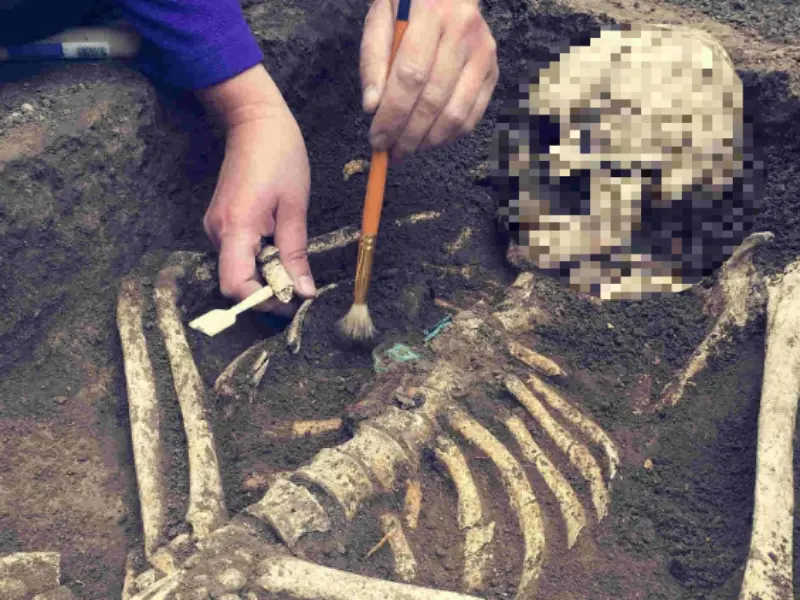Advertisement
2. The Birthplace of Humanity: Fossil Discoveries

Because of the amazing abundance of hominid fossils found in East Africa, the rift there has become known as the "Cradle of Humankind." These fossil discoveries have changed our knowledge of human evolution and stretched the chronology of our species' beginnings millions of years back. Among the most well-known and important fossil finds have come from sites inside the rift valley system.
Found in Ethiopia's Afar region in 1974, "Lucy," a 3.2 million-year-old Australopithecus afarensis skeleton, is among the most famous findings. Lucy's important proof of bipedalism in early human predecessors altered our understanding of human development. Other amazing discoveries are the Homo habilis specimens from Olduvai Gorge in Tanzania, some of the first members of our genus, and the Homo erectus fossils from Lake Turkana in Kenya, so illustrating the distribution of early humans over Africa.
These fossil finds have let paleoanthropologists piece together the convoluted tale of human development by exposing a varied family tree including several species coexisting at different times. The special geological circumstances of the rift valley, where sedimentary deposits and volcanic ash have shielded fossils for millions of years, has allowed the preservation of these ancient remnants feasible. New discoveries in the East African Rift keep honing and occasionally contradicting our knowledge of human beginnings as research goes on.
